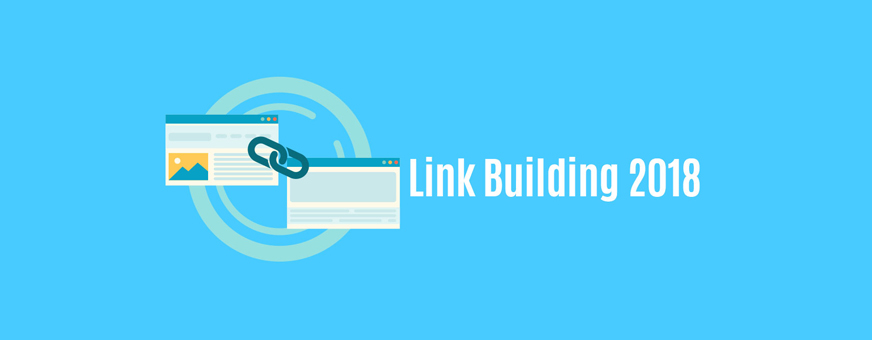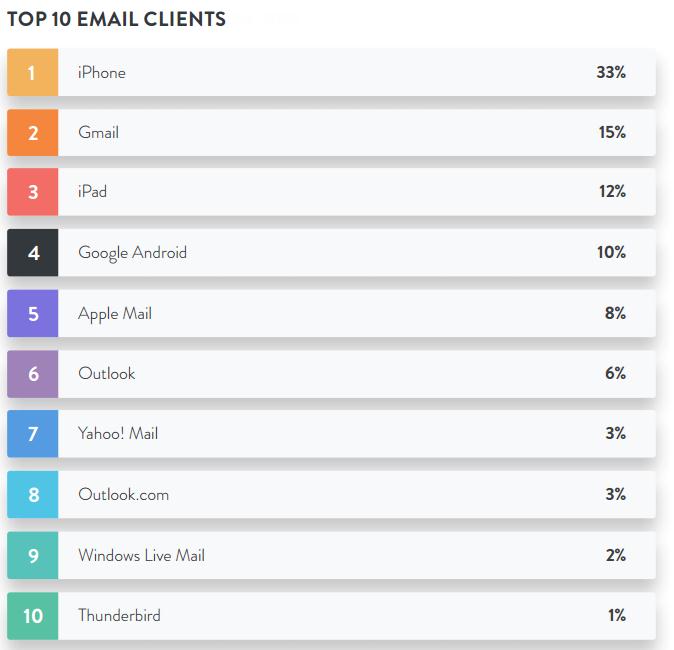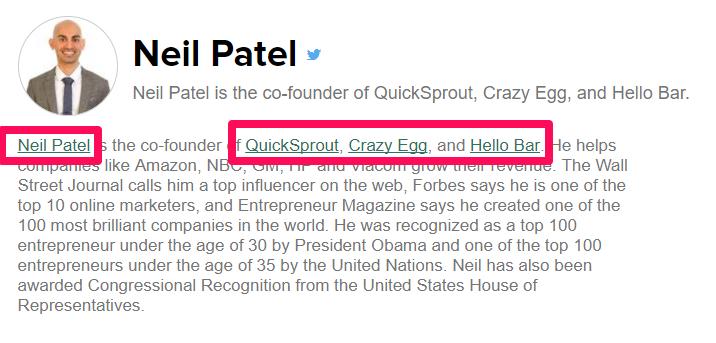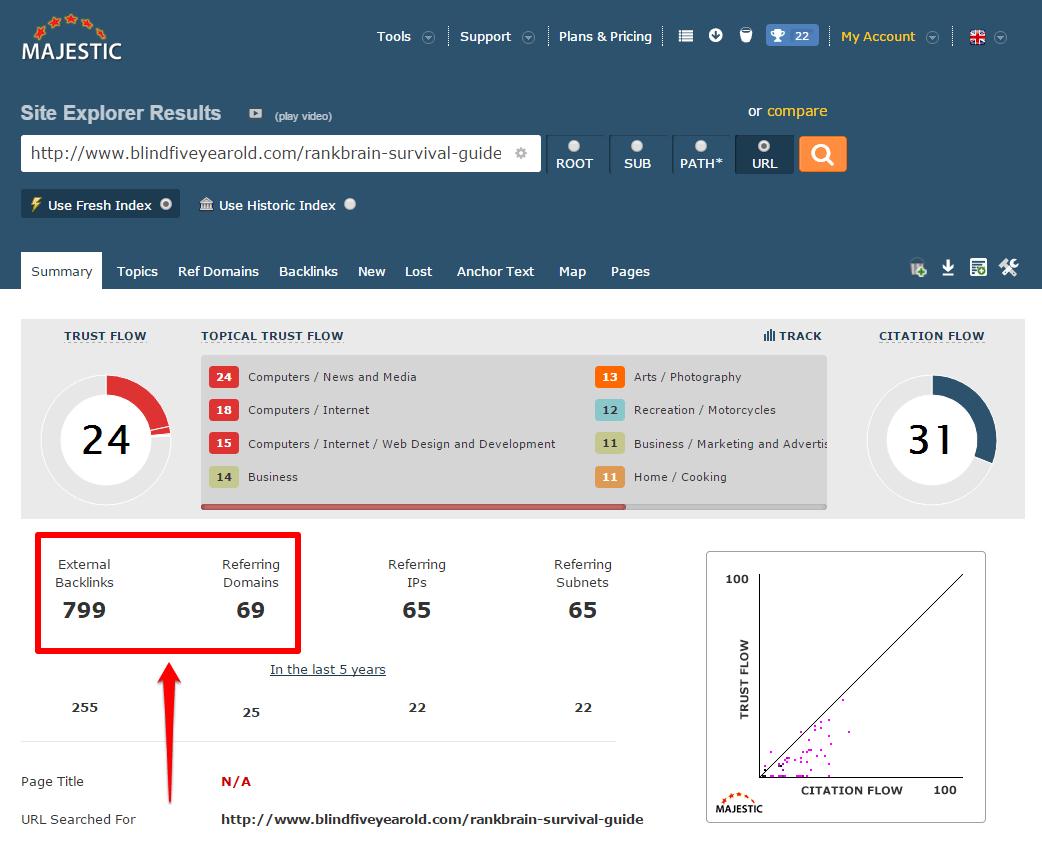
Link building plays a major role in the success of any online marketing campaign. If you want your website to rank higher on search engines, you will need more links pointing back to your site. Even your carefully curated SEO guide will not make it to the first page of Google if it does not have ample links pointing towards it.
2017 was an interesting year for SEO, some experts felt that the value of link building has declined and may diminish further in the coming years. The reasons behind this doubt were based on two things:
1. The devaluing of link spam, making it harder to create link building campaigns.
2. Google Penguin updates that ensured that unethical practices are stopped and as a result every website owner found it more difficult to increase website ranking.
However, no matter what stories you keep hearing about the death of link building, nothing is going to change next year. Websites can’t survive without this process. A website’s content and links are what help it grow.
What can change is the attitude and awareness of beginners in the online world about spammy link building tactics. More users will learn that these black hat SEO tricks don’t work for long. Google and other search engines have ways to counter every unethical measure and heavily penalize the perpetrators. The search algorithms are cleverer than they’ve ever been, and they can spot a spammy link without much trouble.
As we move towards the end of this year, let’s look at some tips that will help build more links next year;
Email Outreach:
Email outreach is not going anywhere in the coming year. It is still a solid way to gather leads and gain links for your site. When you email someone, it lands in their inbox, and there is a strong chance that they will at least glance at it. There are 251 email outreach solutions on the internet right now, and with 33 percent of people opening emails from their phones, there are chances of even more growth next year.

Millenials are also more active. 70 percent of them check emails while still in bed, 57 percent from their bathrooms and 27 percent while driving.
Now, your job is to create a list of high authority websites that you can email to get some link juice. After making this list, you should work on your pitch. The pitch should be the heart of your email outreach campaign.
Keep it simple, valuable and personal to those addresses. If you are contacting an industry leader through email, those people can spot a promotional email at a glance. What’s in your email that this busy person would love to stop and read? That is why you need to make an attractive email pitch.
Make it clear to this person or organization that you want to write for them and you will offer them great value in return for the opportunity. Let’s say you are pitching to the New York Times. What’s on your website that can make them agree to a link exchange? Find that angle and offer it to them in the most concise way. The only thing you should provide to them is value, so make it as useful as possible.
Guest Blogging:
Guest blogging is an exciting avenue to grow your site and get more links. Email outreach success will land you an opportunity to write a guest blog post related to your business. It is industry-specific and a great way to gain traffic through links. Neil Patel is a known name in the SEO industry, he blogs frequently on websites such as Inc., Entrepreneur and Huffington Post.

He enjoys extensive exposure through the link backs he gets from these high authority sites. He is a frequent author, so he has a bio section where he is allowed to insert links to his website. It is a free promotion for Patel because he is getting quality traffic back to his own site and all he has to do is write an excellent post for it.
He is very good with research and statistics, and his posts offer a new angle on every topic he writes on. This is a beneficial partnership for both parties here. The only advice Patel gives to beginners is to go to Google and search for high authority sites in your niche with keywords: [target site] + guest post or [target site] + contribute.
This will show you a page where these sites ask for contributions. Go through the terms and conditions of publishing a post on these sites, and you’ll hopefully get a chance to submit a guest post almost instantly.
Content:
The quality of your business will be reflected in the quality of your content. It is the only way to show your online audience that you are a credible business entity. Content creation is getting very competitive nowadays because businesses are struggling to cash as many views and impressions on their posts as possible.
The best type of content is optimized carefully, with long-form text punctuated with images and videos. Before you start creating content for your blog, look at your competitors and the kind of content that is already out there.
Consider writing on topics that generate more engagement and are of use to your target audience. A great example of link-worthy content is AJ Kohn’s post RankBrain Survival Guide. Because of the quality of this post, Kohn got many guest post invites for authority publications, and his post received 799 links from 69 domains!

The reason behind the massive success of the post is its uniqueness. It made the point clear and established Kohn’s presence in the industry as a credible professional.
At the same time, you need to make sure that you offer an element of uniqueness that sets your piece apart from other websites and blogs out there. This aspect of originality is where the most excellent link building opportunities reside.
Sites and industry leaders would want to share your article or video on their pages because you offer something others don’t. If the topic is attractive to people in your niche, they will also share it on their social profiles, creating organic engagement and a conversation around your article. These eyeballs will be redirected through the link to your web pages. Other pieces of linkable content can have:
• Original research or study reports
• Original videos and photos
• Webinars
• Collaborations with other industry peers
Networking and engagement:
You will be surprised to know that you can gather links through offline interactions as well. The best way to collect links from offline interactions is through events and conferences. You can either network with relevant people to get their email IDs for future communications, or you can reach out to them post event.
They will know you because of this networking session, and you can take this forward by adding them to your Google+ circles. Once you have a professional relationship with relevant people, they will be happy to help when you approach them with a link back request. The only thing you should refrain from is continuous bugging. Don’t ask for a link back the day after an event. Slowly nurture this relationship.
Social Media can be great for amplifying content, but do bear in mind that this is an indirect link building tactic, as the content you share will be followed. The more you interact with your social sites, the more exposure you will receive, giving you the potential for building quality relationships and, in turn, earning natural links.
In the online world, you should return the favor by creating valuable articles and webinars. It is a way to show off your authority to your readers and establish yourself as a thought leader in the industry. Even when you mention someone in your article, tell them about it.
It will let them know that your business considers this person to be a thought leader. You also indirectly tell them that they are popular enough to get featured in an article. It has high chances of getting a share and a like from this person either from their social account or any other channel.
Google is your best friend when you want to search for the right influencer. You can search for ‘best industry leaders 2017’ and the results will be there. Keep in mind that gaining a link back is not a one-day process. It takes patience and perseverance.
Fixing broken links:
For the coming year, the process of adjusting broken links still remains useful. Broken links are one of the biggest worries of a search engine optimization expert. This method has been around for very long, and its usefulness has been proved over time. Here’s how you begin:
1. Browse a relevant blog or industry website with broken links
2. If you come across a broken link, send an email to the webmaster and let them know that their website has a broken link. Use an email finder to get the webmasters correct email address.
3. Here is your chance to let them know that you can fix their broken link
4. Countless tools are available online to find broken links. Pick one that suits your needs
5. Pitch this invalid link to the site owner and be subtle in your approach. Aggressive pitching will not always be successful
6. Using a simple pitch, tell the owner how you can get the link to work again
Here is a sample pitch you can use:
Hi, xyz,
I read your post on X and observed that X link wasn’t responding.
I enjoyed the post and just wanted to let you know so you can fix it.
I actually have an article (insert link) that I wrote about this subject. If you want, you could replace the broken link with it.
Best,
Neil.
Infographics:
Do you know that infographics are the most shared pieces of content? People share infographics with more ease due to the content’s creative form. It has a substantial psychological impact on the minds of the reader. Visual content performs well on the internet, but infographics are the best package of visual content containing text. If you succeed in creating a great infographic, people won’t have to read a 3,000-word article.
From the link building point of view, you can have immense success by building infographics. Readers will scan the infographic in a few minutes, understand the message and instantly share the piece. If someone is reading your post for a study, they will quote it in their article. It is the most ethical way to linkbait.
This technique always works, provided you have done some solid research. Hubspot reports that infographics are viewed and shared 3x more than text posts. If you need help in creating infographics that click, hire a reputed service.
Last word:
If you want to rank well in terms of both paid and organic keywords, you need to focus on link building. The more backlinks you get, the higher your website authority.
To get more links next year, the game remains the same. Content is still king. Create more link-worthy content that receives more likes and is appreciated by industry peers and leaders. The mentions and praise you receive through unique content will push your website higher in the SERPs.
Link building is not dead. As you’ll find next year, savvy marketers will be trying hard to grab more of these opportunities.
If you are worried about competition, follow this basic rule: expect nothing in return. Don’t adopt unethical methods to attain links. Focus on relationship building with influencers in your field.
When you start out like this, it will turn into a friendship that can benefit your business in many ways. Link building should be your top priority in the coming year.
What link building practices have you adopted for your site? Tell us in the comments section.